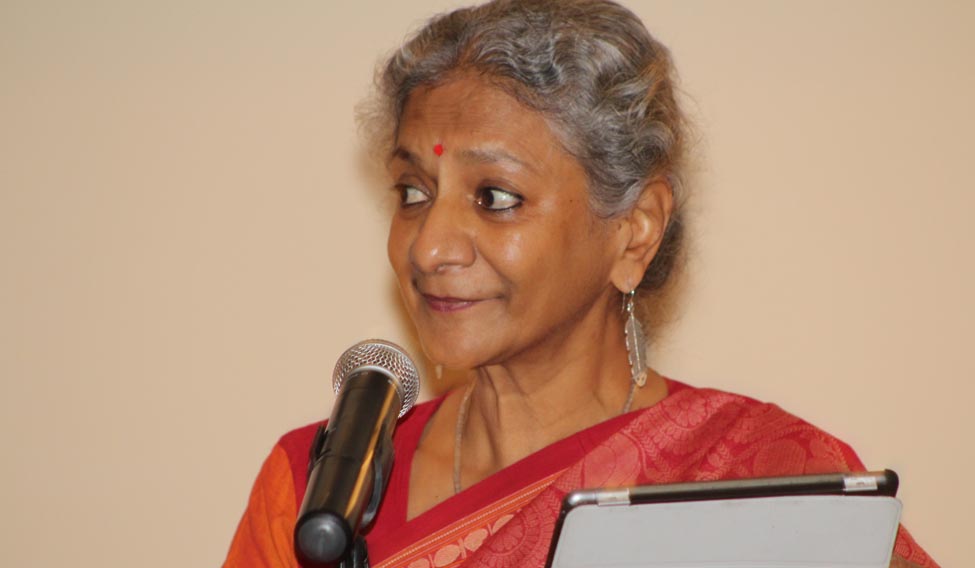Kala Ramesh is a world-renowned haiku poet. Apart from penning thousands of haiku, senryu, tanka and haibun—different types of Japanese verses—she has also conducted more than hundred workshops on the allied art forms. Recently, the Pune resident was in her hometown Chennai for the launch of her book, Beyond the Horizon Beyond.
In an interview with THE WEEK, she speaks about haiku, her passion for the art form, and so on.
What pulled her towards haiku? Kala says, "From childhood, my parents made me take Indian classical music lessons. I was taught veena and vocals by leading musicians. I first learned Carnatic music and later Hindustani. I strongly feel that the silences and the internal rhythm in music are what attracted me to haiku."
According to Kala, a haiku is the truth of the moment seen in an extraordinary way. Can one call haiku a word painting, something frozen in time? In film jargon, we could refer to each haiku as “a shot”. In only about nine or ten words, a poem shows the passing of time, the transient, the fleeting, and thus brings into focus the creative force working in nature. Naturally, there is craft, which leads to technique and rules.”
Passionate about taking haiku to everyday spaces, Kala initiated the ‘HaikuWALL India’ project, where graffiti artists paint haiku on city walls. "The power of haiku is that it stops you in your tracks. You pause, think and discover the world in different colors. Just imagine, people on their morning walks seeing a haiku painted on a wall and exclaiming: hey, that is a beautiful poem.”
“With this idea, I started off with the cities of Chennai, Bengaluru and Pune. When art moves into museums, libraries, hardbound books and the internet, which are not places that everyone visits, art becomes inaccessible, exclusive and just for the educated and the rich. This is the case with poetry, which is considered the first form in which we humans shared our stories. If art does not become a conversation with the people from whom it is born, then what is the purpose of its existence? One way of making poetry into action is through graffiti. While graffiti is frowned upon and considered illegal by the rest of the world, in India it gets the support of the property owners and in some places, even the government,” she says.
On Indian connect with haiku, Kala elucidates, “Indian culture, which draws so much from nature, has woken up in a very big way to these addictive art forms called haiku and allied genres. It is akin to the seasonal poetry that seems to have fascinated Indian poets like Rabindranath Tagore and Subramanya Bharathi at the beginning of the last century.”
The famous Bharatanatyam dancer, Rukmini Devi Arundale, once said that abhinaya in dance—the rendering of emotions through body postures and facial expressions—needs to be mere suggestion; anything more becomes drama. Our classical music is heavily based on seasons, much like haiku, where seasonal references are important. So it would not be too grand a stretch to say that with haiku, we are touching our roots.
When talking about two art forms like haiku and abhinaya coming together in her public recitals, Kala says, “Given this background in Indian classical music and the Japanese aesthetics of ‘link and shift’ strongly prevalent in haiku, a link that connects these two ancient cultures together seemed a logical step forward. Also, stage performances such as dance and theatre are based on the effective portrayal of images and haiku is also strongly image-based.”As an external faculty member of the Symbiosis International University, Kala also conducts a course in Japanese short forms of poetry, a first in our country.






